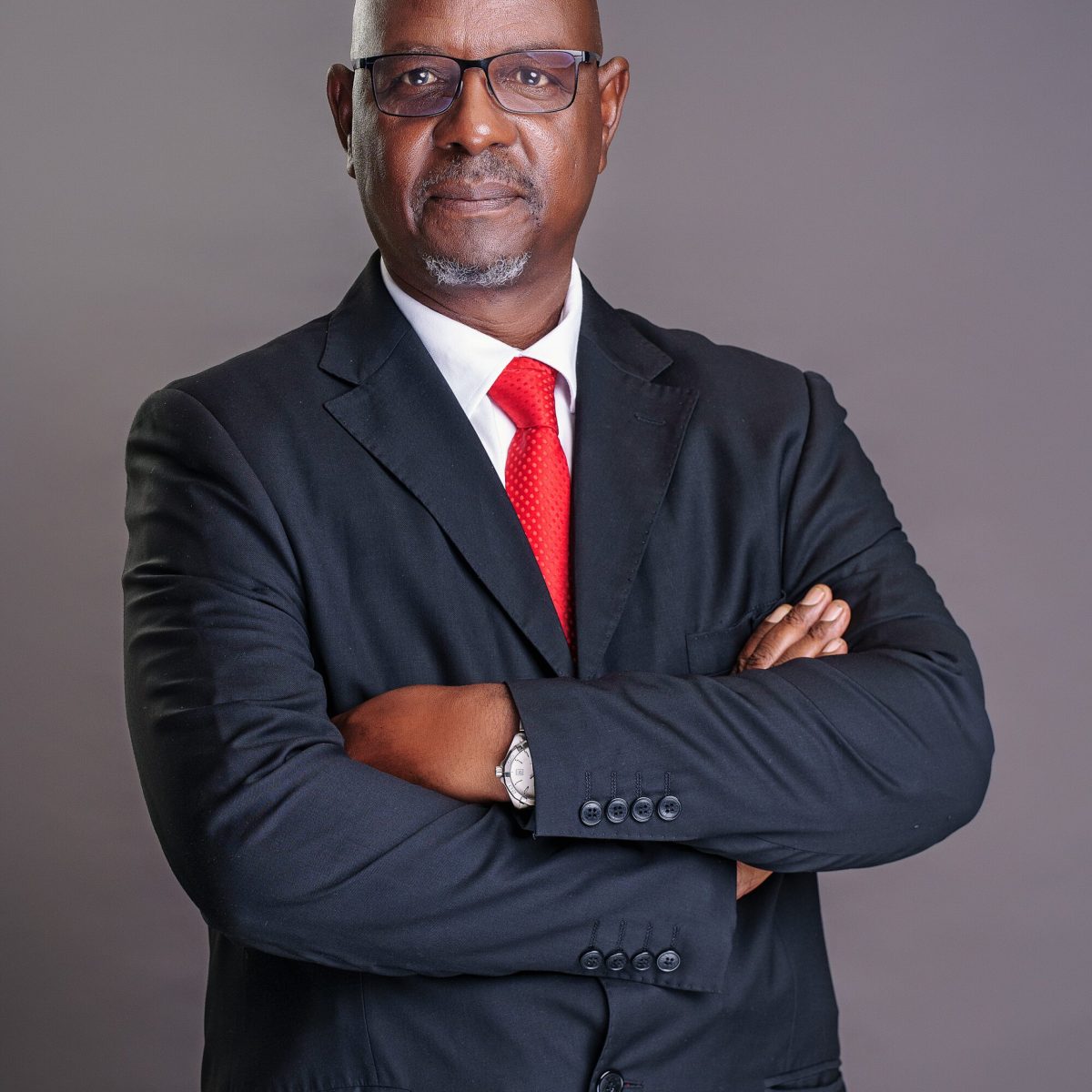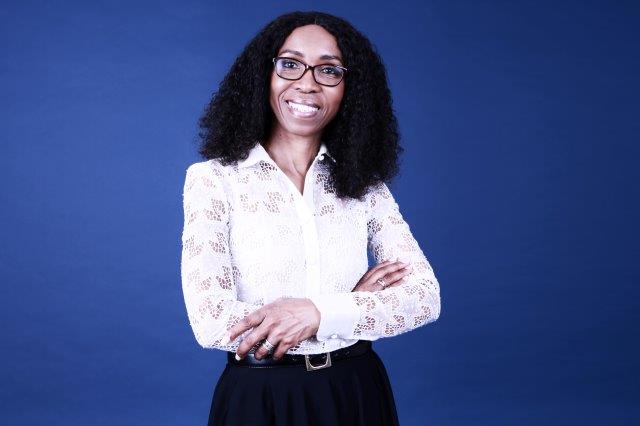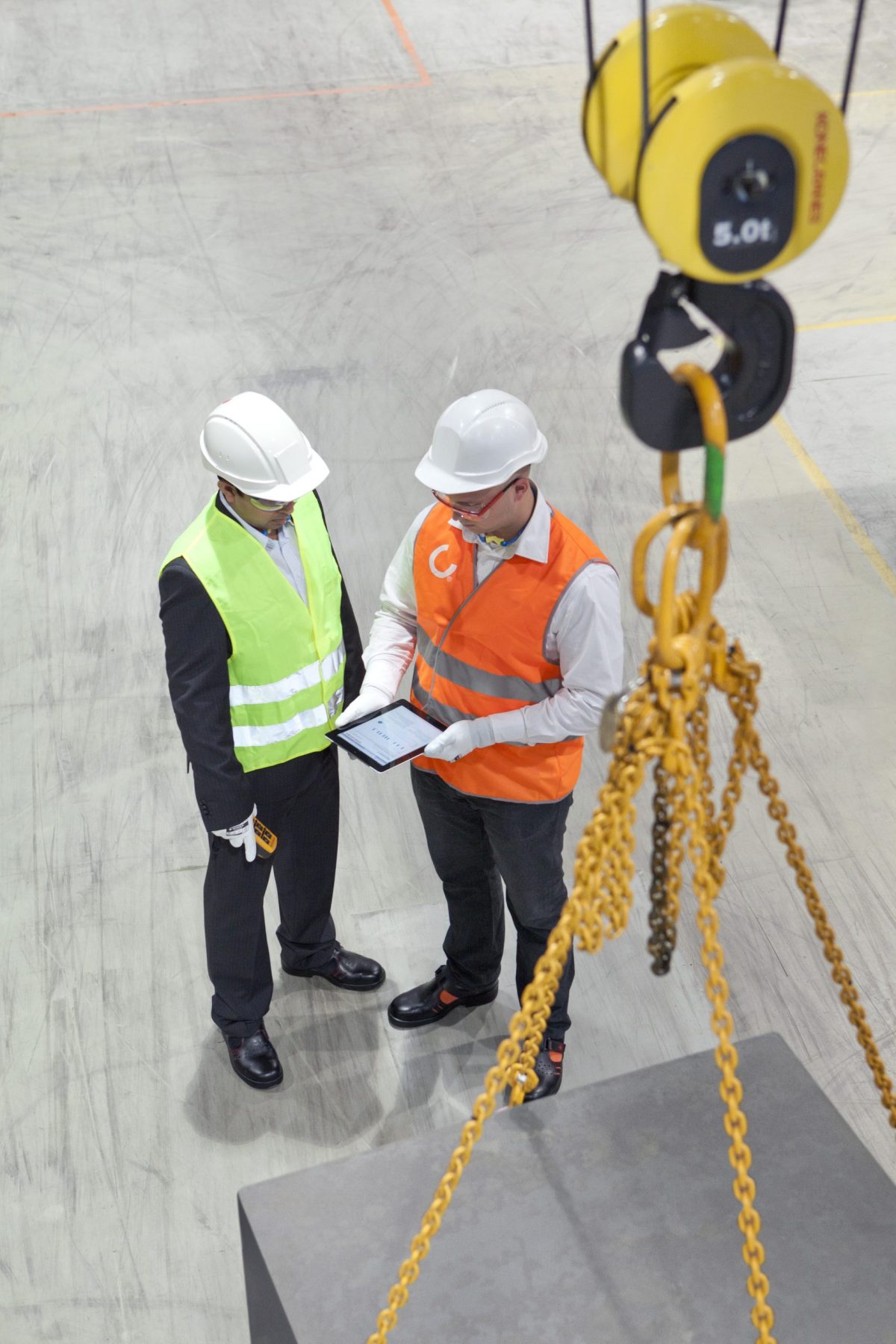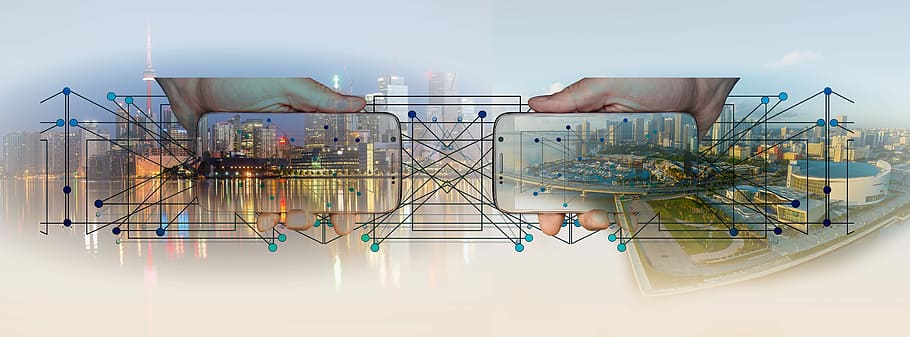
Cutting-edge digital tools will play a key role in ensuring the future sustainability of the construction industry as the national lockdown in South Africa moves to a risk-adjusted, phased-down approach to mitigate the impact of the Covid-19 pandemic on the country.
Gamification enhanced engineering
Engineering, design and advisory company Aurecon, which is rebranding as Zutari, is using digitised models and gamification to enhance the engineering process by gaining feedback from construction contractors, operators, community and stakeholders during project development and execution.
This gives engineers and owners remote access to their virtual project, contractors insight when tendering for contracts, and allows specific training of operations and maintenance staff before assets are even built.
Decentralised operations, decoupled teams
“As we realise new, decentralised ways of working in the future, our ability to create value in situations where distance separates users and assets continues to grow,” highlights Murray Walker, Creative Technologies Developer, Aurecon. The Covid-19 pandemic is an excellent example where digitised construction assets are affording stakeholders the opportunity to gain value without site presence.
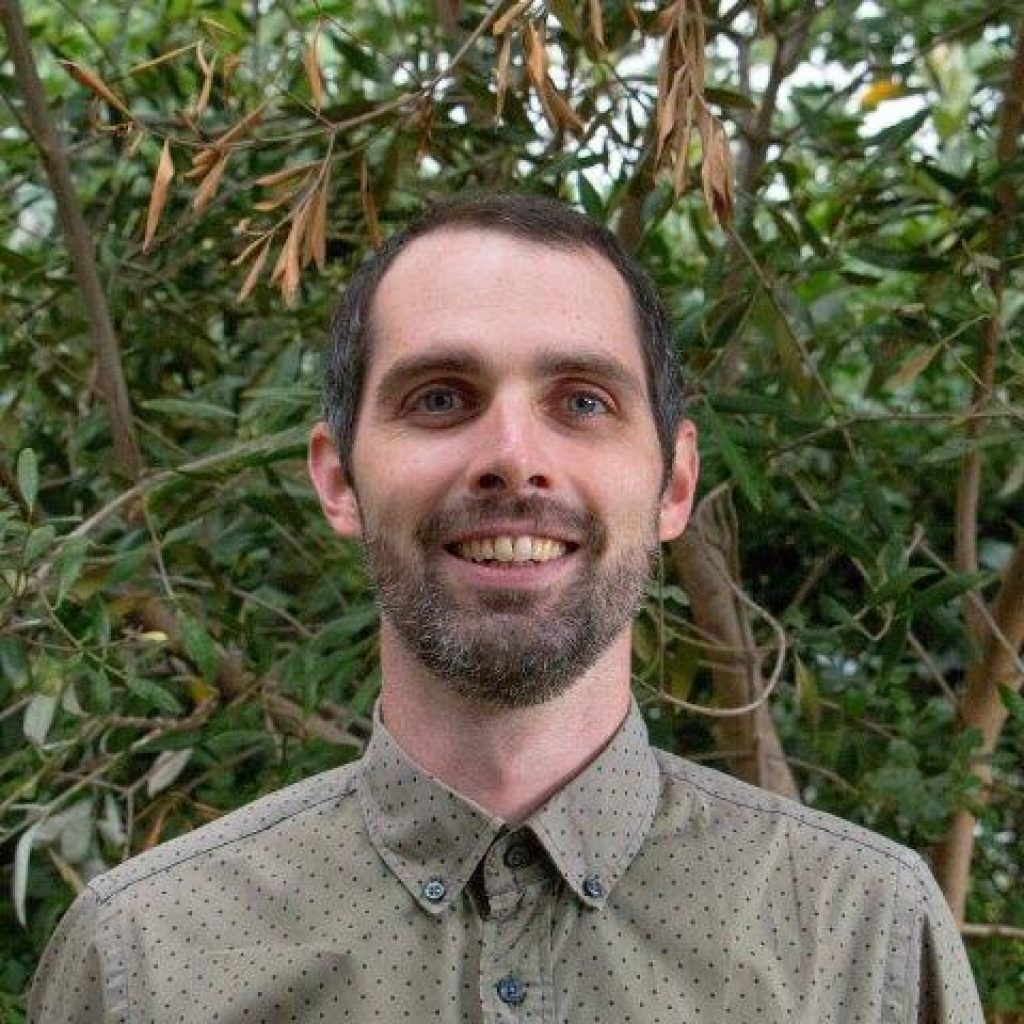
“In times like these where we are forced to decouple from our teams, clients and project sites, cutting-edge digital tools can ease the burden. Digitising design, construction and operational assets enables unparalleled remote insight into engineering, status and quality,” comments Walker.
For the last three-and-a-half years, Aurecon has explored how advanced visualisation of projects can aid its design teams and clients. “From the get-go, we have combined reality-capture and design-model data with a gaming engine to build custom interactions into applications that aid the design teams in both decision-making and client understanding,” explains Walker.
Gamified, digital twins
Beyond working purely with design models, Aurecon is able to monitor and communicate construction process by combining drone imagery, smart field applications and insight from the site team to robustly track progress and quality in a gamified digital twin. Creating geospatial digital databases, linked with design models, has enabled the creation of workflows that can assign construction and quality information to the digital asset automatically.
“Using our proprietary SiteLab tool to view this information, users anywhere on the globe can observe real construction progress and quality by asset layer and through time. This is critical given the many remote project sites in rural Africa, with the owners, engineers and contractors often headquartered out-of-country, let alone being off-site,” stresses Walker.
Reality capture
Reality capture – by terrestrial laser scans, drone photogrammetry or manual terrestrial photogrammetry – allows for remote assessment of sites and assets. If the capture is conducted to the correct standard, an incredible level of detail can be realised. Hence reality capture technology, best practice capture methods and smart data processing tools all combine to slash project budgets.
“Extending the value of the models extracted from reality capture data is a major focus now to improve the assignment and transfer of metadata and attributes from design through to construction and into operations, creating more value from the digital asset,” adds Walker.
“We are creating digital tools today so the asset managers of tomorrow are empowered to maximise value from their portfolios by having maintenance manuals, BIM data and sensor data which is all available in an intuitive, real-time and interactive environment.”
Asset digitisation
This asset digitisation also opens up the possibility of developing robust, practical virtual reality training modules for asset operators and maintenance teams. Aurecon has developed a full substation technical training module for one of South Africa’s municipalities, which can now train new electrical technicians in a safe environment on their specific assets.
In solar energy, Aurecon has automated workflows to transfer designs to full 3D digital in minutes rather than weeks. “Our engineering engine allows for the accurate calculation of shadow paths with accurate tracking movement, confirm component placement and function, in-simulation measurement, and completely free user navigation through the model,” points out Shane Eglinton, Wind and Solar Leader, Africa.
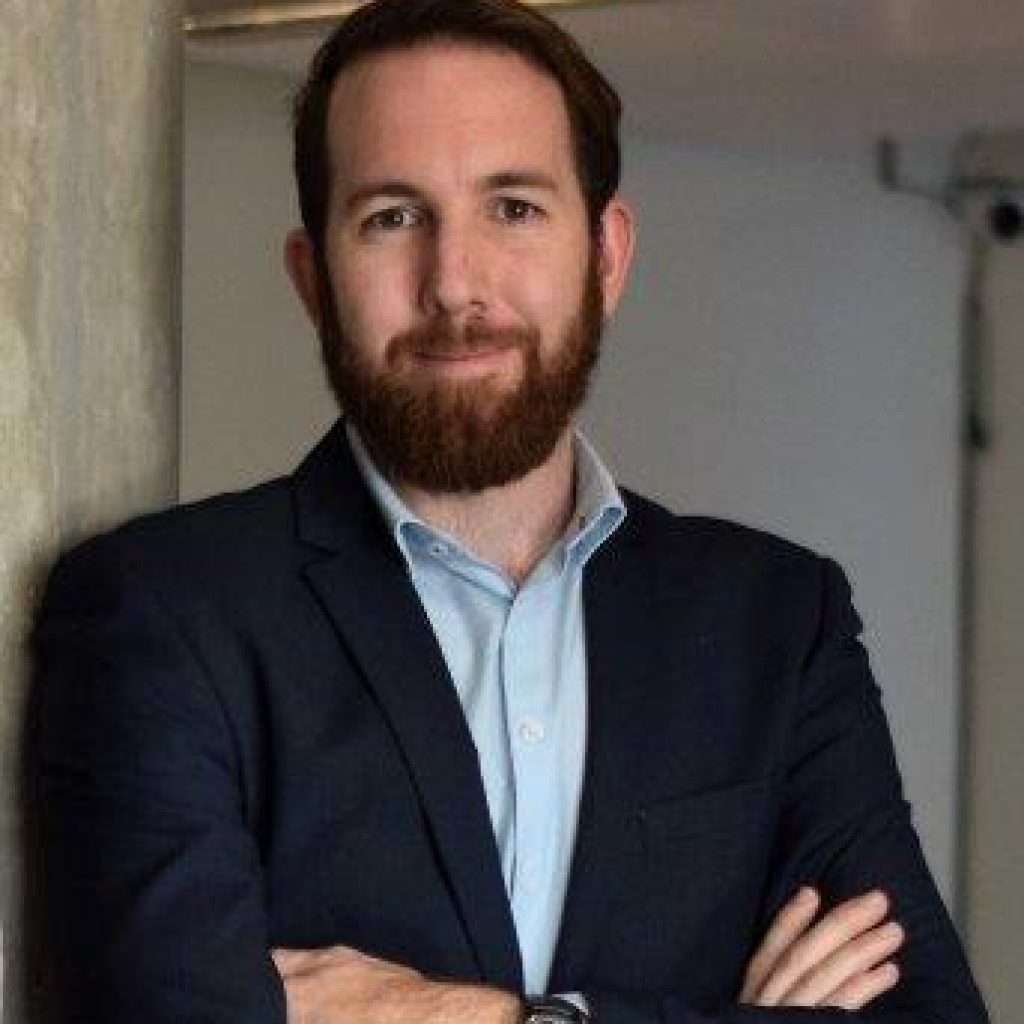
On wind-energy project sites, Aurecon is now testing its civil works designs with gamified delivery vehicles (including telescopic trailers with rear steering for delivery of abnormal components), visualising wake impacts from wind turbines to assist layout development and explain impacts to non-technical stakeholders, and animating construction sequencing. This allows owners, engineers and construction contractors to test solutions throughout the development process before executing final designs.
Looking ahead with emergent technologies
“We are constantly looking ahead to what emergent technologies can offer the engineering world, and adopting tools from other industries such as gaming to bring multiple new layers of understanding, versatility and value to projects,” Walker concludes.
More news
- PART 2: CONCRETE IN THE DESIGN OF A UNIQUE LUXURY HOME IN GEORGE, SOUTH AFRICA
- PART 1: CONCRETE IN THE DESIGN OF A UNIQUE LUXURY HOME IN GEORGE, SOUTH AFRICA
- MVULE GARDENS, AFRICA’S LARGEST 3D-PRINTED AFFORDABLE HOUSING PROJECT
- PART 3: HARNESSING THE POTENTIAL OF HIGH SULPHUR FLY ASH IN CONCRETE PRODUCTION
- PART 2: HARNESSING THE POTENTIAL OF HIGH SULPHUR FLY ASH IN CONCRETE PRODUCTION

